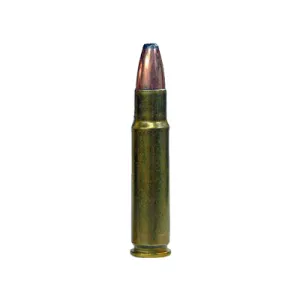
The .358 Winchester was one of the first cartridges created utilizing a modified.308 Winchester case, and it did have certain benefits over its parent cartridge. At the time of its introduction, it received little attention. However, while factory.358 rifles were not mass-produced, it is still common to find custom-built rifles chambered in this caliber. Although factory ammunition for the.358 Winchester is not widely accessible, components for hand loading are easily available.
Energy transmission is one component of the.358 that really stands out. A hefty bullet may be chosen without fear of inefficient energy transmission. At impact velocities exceeding 2200 fps, the.358 bore gives the most stunning effects. Previously, the.368 Winchester's popularity was limited by remarks claiming that it was exclusively intended for use on wood ranges.
In terms of bullet weights, the.358 Winchester performs best on light to medium game when loaded with 200-225 grain bullets, which achieve a balance of high velocity, a decent trajectory, high trauma, and desirable penetration. The.358 is a remarkable performer at close ranges when loaded with appropriate bullets, and in an accurate rifle, it is a reliable performer out to a maximum range of roughly 300 yards.
The.358 is intended for use in bushy to semi-broken terrain, such as river flats and open-faced slopes. The.358 Winchester is an excellent choice for hunters who require a cartridge that can assist them overcome shot placement challenges caused by challenging conditions, or who desire a low recoiling cartridge that can handle light to large sized animals.





